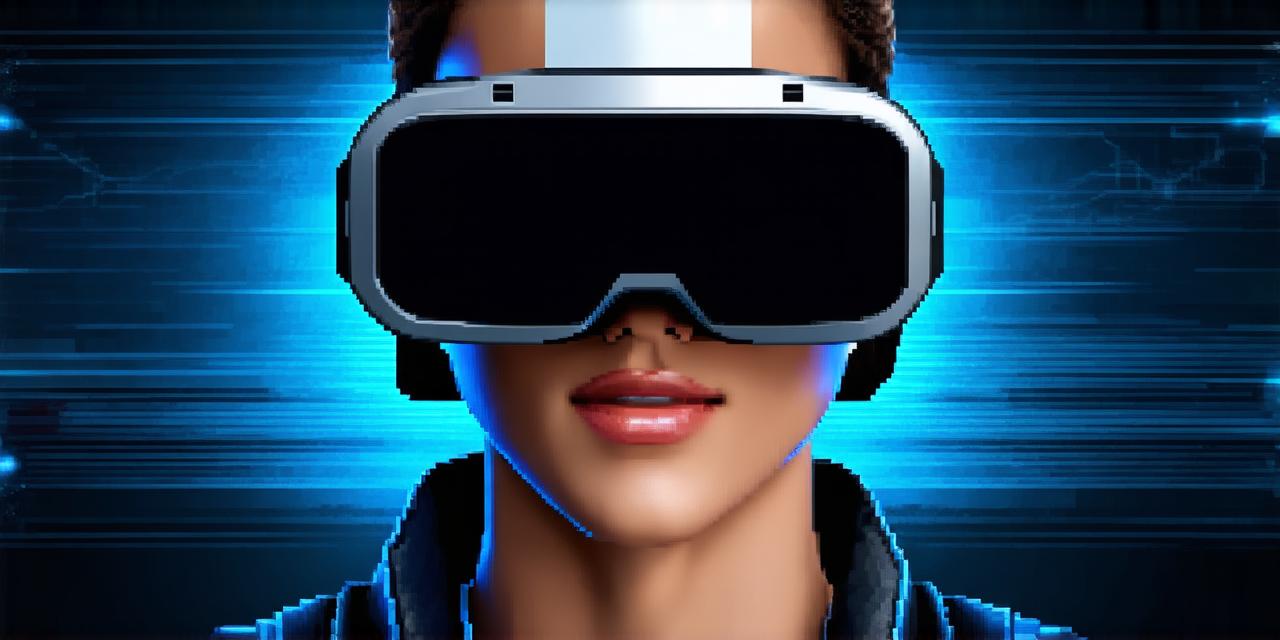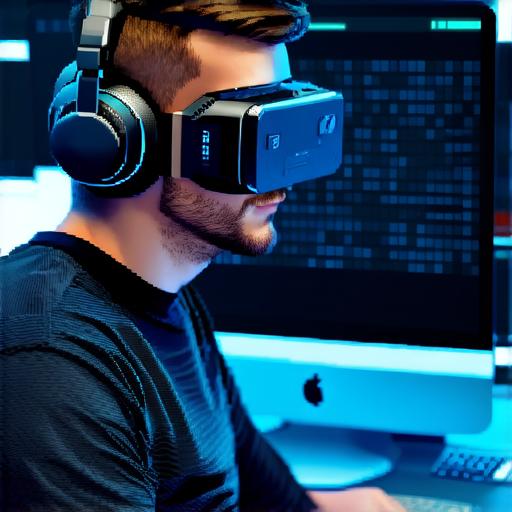
How are virtual reality and human perception interconnected?
Virtual reality (VR) technology has advanced rapidly in recent years, and it is now possible to create highly immersive experiences that can engage users on a deep emotional level.
However, the success of VR applications relies heavily on our ability to understand how human perception works and how we can design experiences that are optimized for this unique medium. In this article, we will explore the key ways in which virtual reality and human perception are interconnected, and provide practical tips for developers looking to create engaging and effective VR applications.
The Role of Perception in Virtual Reality:
Perception is the process by which our brain interprets sensory information from the environment around us. In virtual reality, this process is complexified by the fact that users are experiencing a simulated environment rather than the real world.
This means that VR developers need to have a deep understanding of how human perception works in order to create immersive experiences that feel authentic and engaging.
One of the key ways in which virtual reality can enhance our perception is through the use of stereoscopic displays. Stereoscopic displays use two separate screens to display slightly different perspectives from each eye, creating a more realistic 3D effect.
This can be especially effective when combined with other techniques such as motion tracking and haptic feedback, which allow users to interact with virtual objects in a way that feels natural and intuitive.
Another important factor in creating engaging VR experiences is the use of sound. Sound can help to create a sense of immersion by providing audio cues that match what users are seeing on screen.
For example, the sound of raindrops falling on a rooftop can help to create a more realistic representation of a stormy sky.
Case Studies and Personal Experiences:
To illustrate the ways in which virtual reality and human perception are interconnected, let’s look at some examples from the field.
One of the most well-known applications of VR is in the area of medical training. By creating highly realistic simulations of surgical procedures, VR can help doctors and students to practice their skills in a safe and controlled environment.

This can be especially useful for procedures that are complex or high-risk, as it allows trainees to gain valuable experience without putting patients at risk.
Another example of the intersection of virtual reality and human perception is in the field of marketing. By creating immersive brand experiences that engage users on an emotional level, VR can help companies to build stronger connections with their customers.
For example, a car manufacturer might create a virtual reality experience that allows users to explore the interior of a new car model in detail, or to take a test drive through a simulated cityscape.
Research and Experiments:
There is a growing body of research on the ways in which virtual reality can enhance human perception. For example, studies have shown that VR can help to reduce anxiety and depression by providing users with a sense of control over their environment.
This is particularly useful for people who are unable to leave their homes due to physical or mental health issues.
Experiments have also shown that VR can improve spatial awareness and navigation skills. By creating highly immersive environments that simulate real-world scenarios, VR can provide users with valuable training in a safe and controlled environment.
For example, pilots might use VR simulations to practice flying in complex or hazardous conditions, without putting themselves or others at risk.


